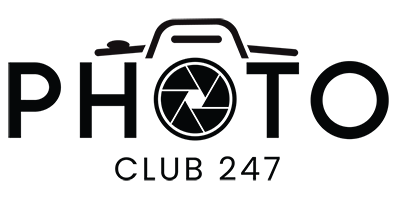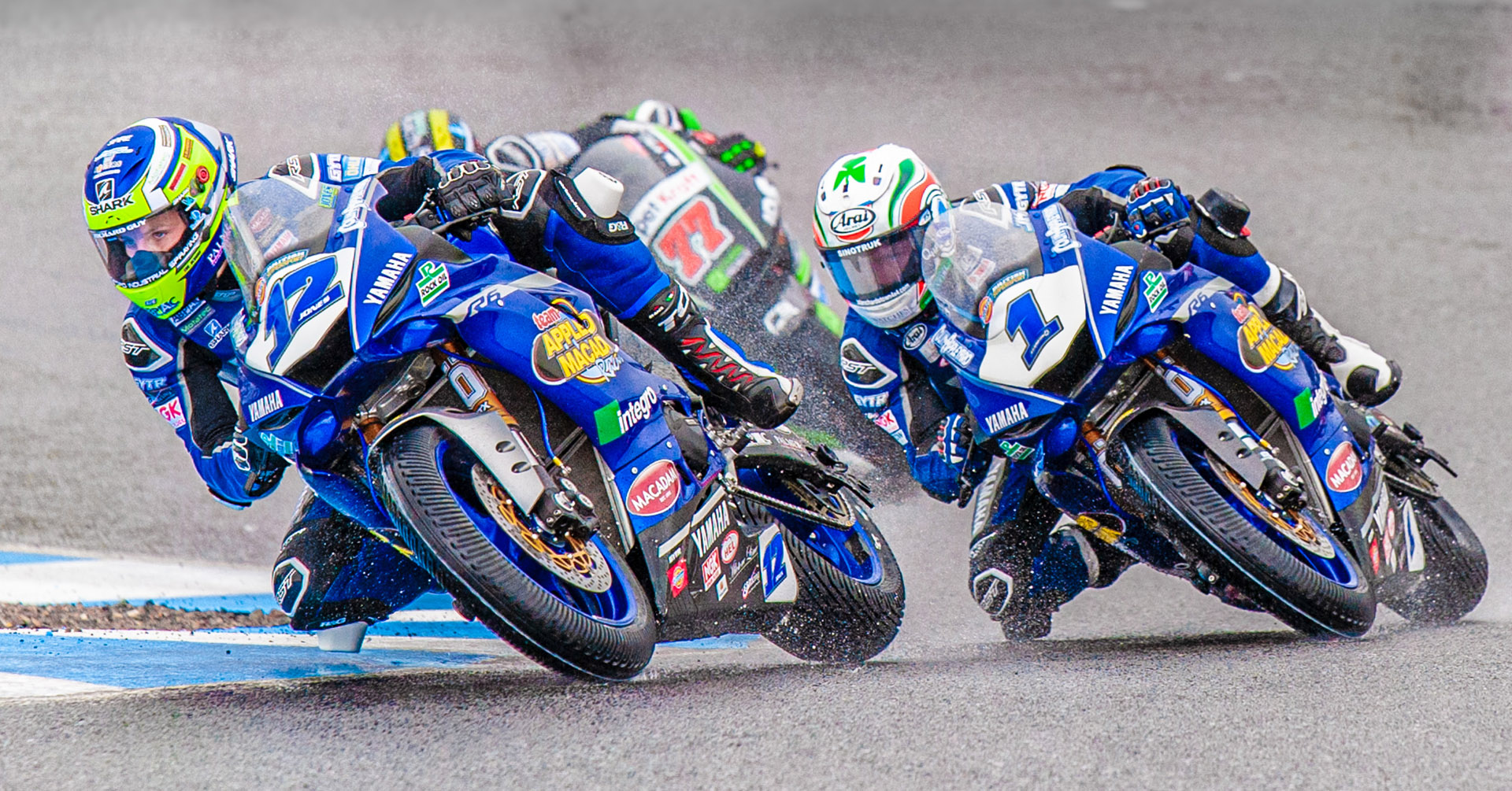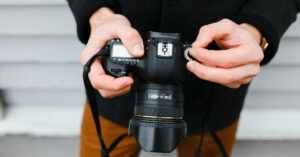Between the Hedges – or more often in them!
My Photographic Journey, by Sam Adrian
A few years ago and as a long time fan of motorcycle racing, I decided to pick up a camera and record my days out at the races.
In Northern Ireland, that meant road racing where bikes hurtled round on closed public roads at what was, and still is, insane speeds.
Even in the late 1970’s this was in the region of 170mph (275kph.)
With no grandstands or seating back then it meant finding a suitable gateway or, more often than not, a hole in a hedge!
Advertisment – Remove Ads?
It did mean you got up close to action, sometimes too close!
Once I realised I had got the photography bug, I got myself a proper camera – an Olympus OM1 35mm SLR which came with a 35mm lens.
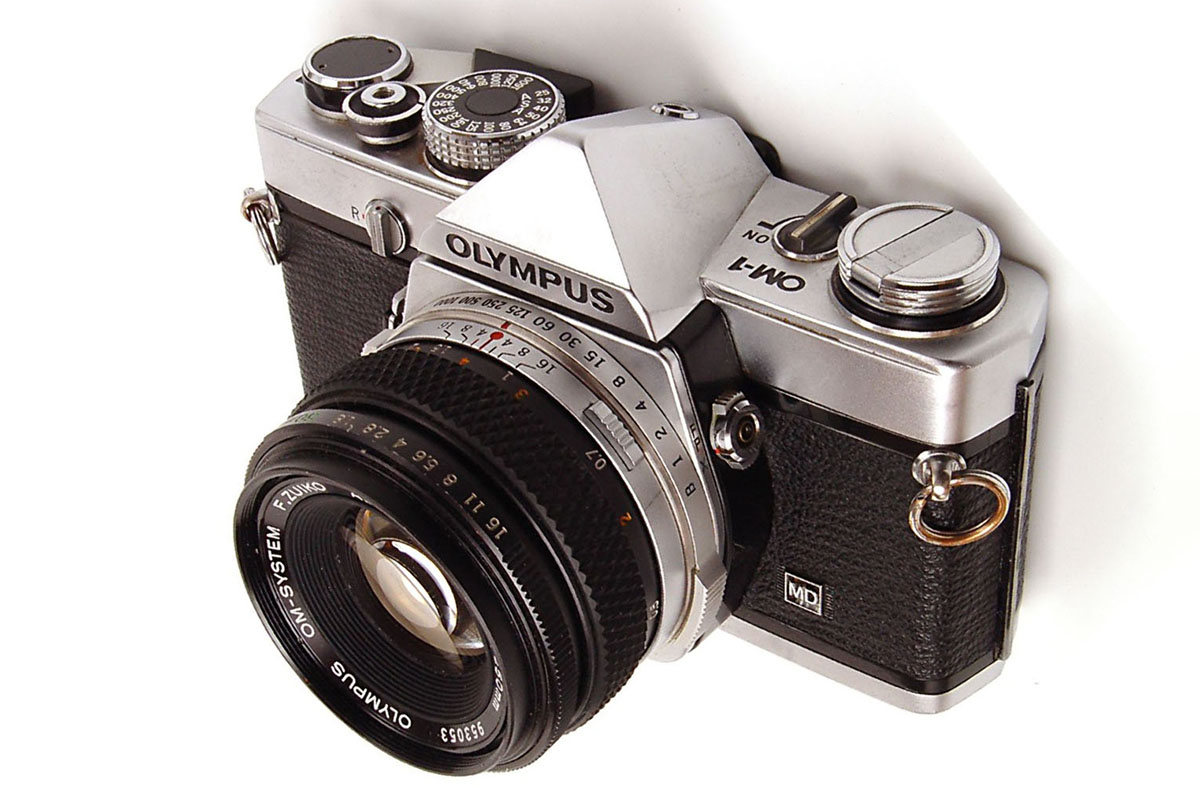
This was soon followed by a 135mm f2.8 lens.
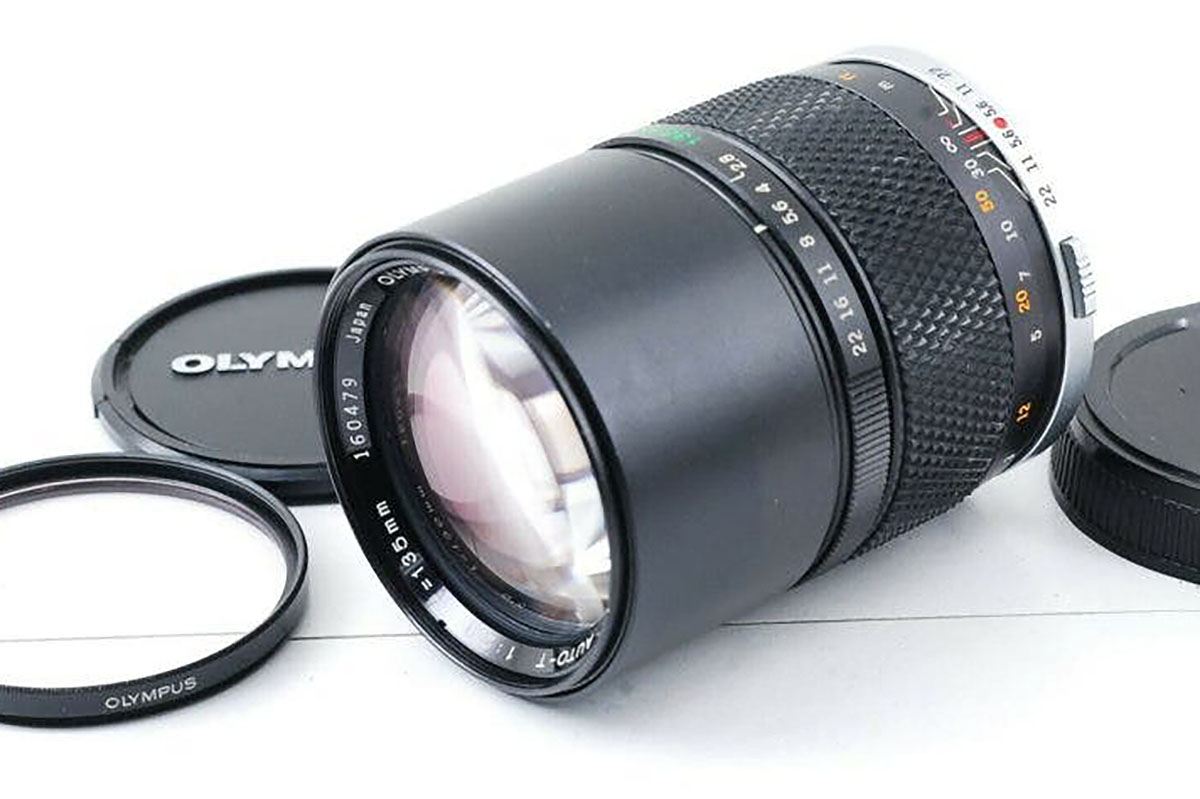
Compared to modern cameras, these were very basic with no autofocus, simple metering systems with both aperture and shutter speed having to be set manually.
Many of the techniques I learnt in those early days are still valid today, even with all the bells and whistles auto modes now on offer on modern cameras.
Advertisment – Remove Ads?
For example, without tracking auto focus, I used to pre focus on a spot within the frame and wait for the action to reach that spot before firing the shutter.
I still use this technique to this day as even the most expensive fast focusing prime lens would struggle to maintain focus lock when a racing motorcycle is coming towards you at over 170mph!
Back then I would shoot predominantly 35mm black and white film as colour film and processing was very expensive.
FIlm with a speed of ISO400 was my typical choice.
Of course, there was no chimping back then. You took your photographs, sent the film off to get processed and waited.
On more than one occasion, I got the pictures back and not a single keeper!
But the bug had taken hold. Here are two examples of my early work…
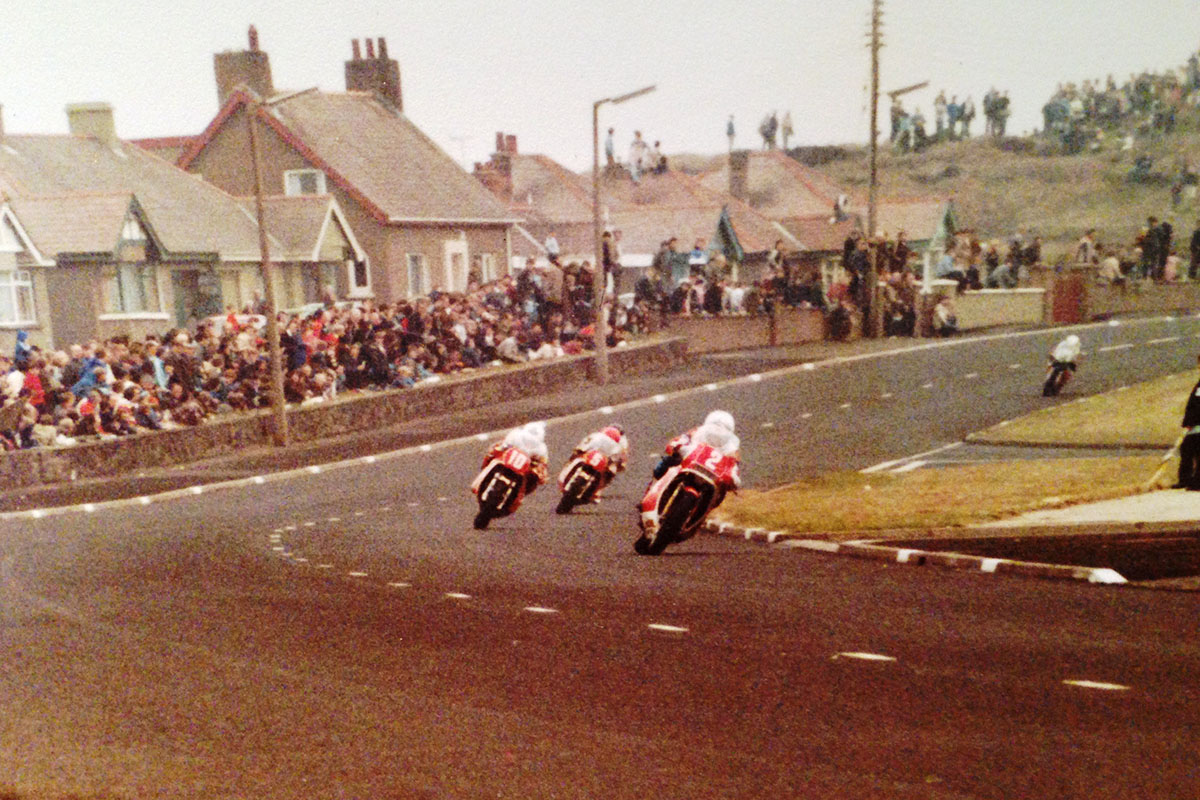
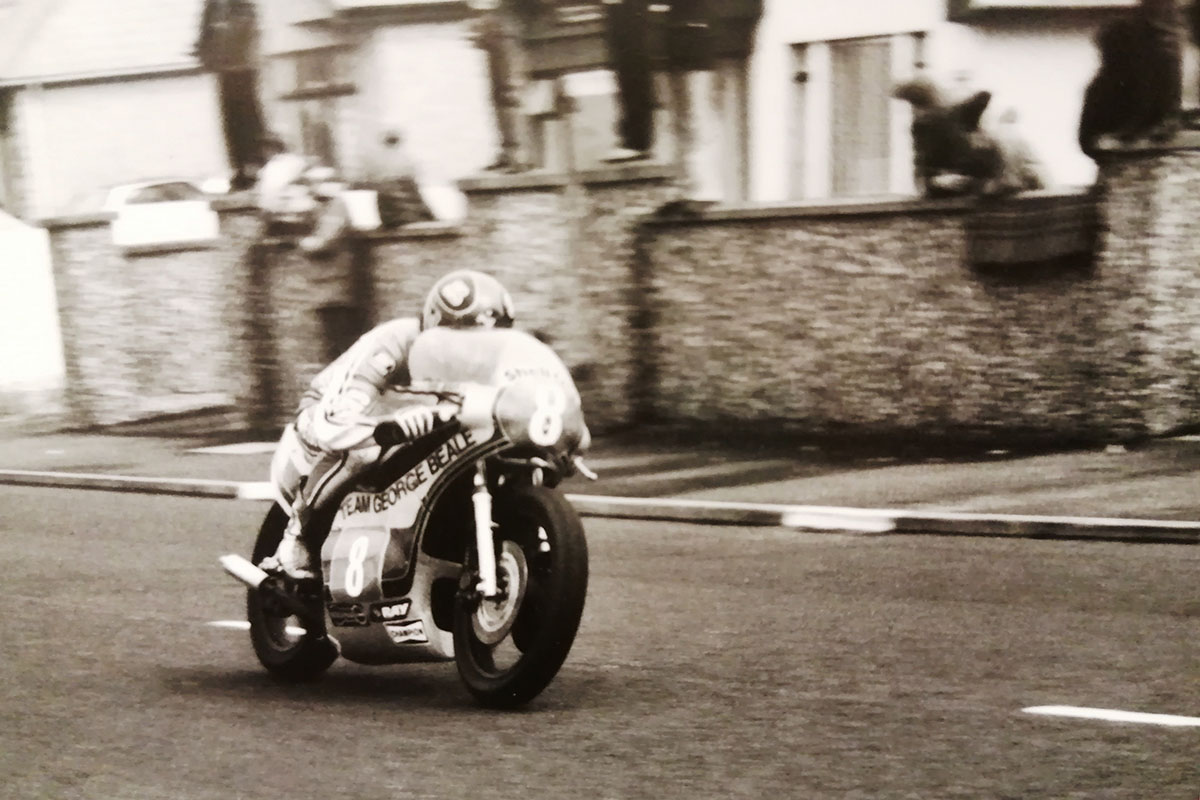
When I got married and family arrived, I drifted away from both the racing and photography.
A close friend, who had been my best man at my wedding, was starting to take an interest in sports photography, mainly football, and was asking advice on what equipment he needed to take ‘good shots’.
As my Olympus gear was gathering dust I lent him all my cameras and lenses. After 6 months, he had really taken to it so I told him to keep the gear.
Advertisment – Remove Ads?
About 15 years later, my friend announced he was moving overseas to start a new job. Therefore, he would no longer be taking pictures for his local team and handed me a camera case and told me he was returning the camera gear I had lent him all those years ago.
You can imagine my surprise when upon opening the case I discovered not one, but two Nikon DSLR camera bodies.
A D1H and a D2H along with their respective kit lens and a 70-300mm Sigma zoom, CF memory cards and sigma flash.
Welcome to the digital age
Now armed with a ‘proper’ camera, the interest and passion for photography was returning and I was falling in love all over again!
Getting to grips with this new technology was a bit daunting.
Focus modes, metering modes and the rest – it took a while to get comfortable with the technology.
I soon got to grips with it all and found the basic skills from 35mm days were just as valid.
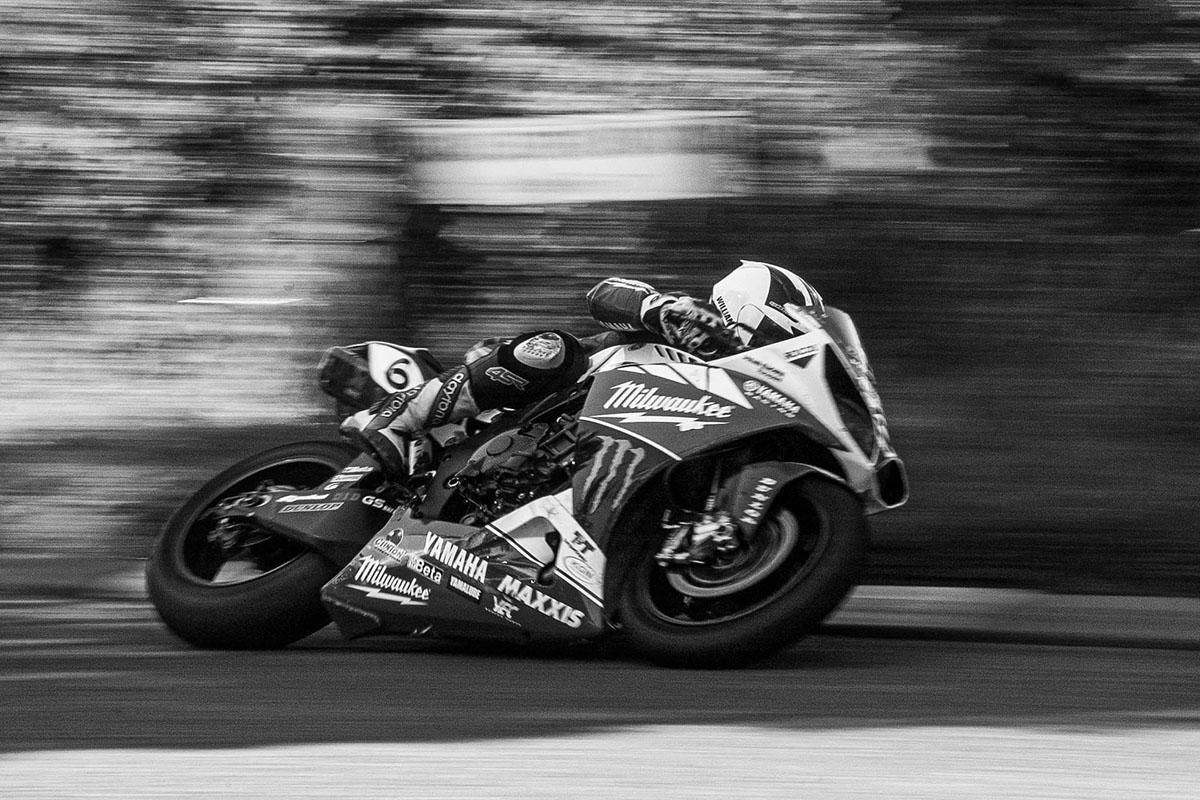
I still like to edit my photographs to Black & White. I’m old school!
The other benefit of DSLR’s is the ability to ‘Chimp‘ or look at the image on screen after taking the shot to see if you have got everything from focus to exposure nailed, something you could never do in the 35mm film days.
With digital cameras, you could take bursts of images, something I never could do back in the days of film!
Advertisment – Remove Ads?
You had to wind the film on manually and if you got too aggressive on the lever you could actually tear the film which led to some interesting multiple exposure abstract images.
Not only is burst mode useful for getting at least one shot in focus, it also means that you can get a sequence of images as action unfolds, like this sequence…
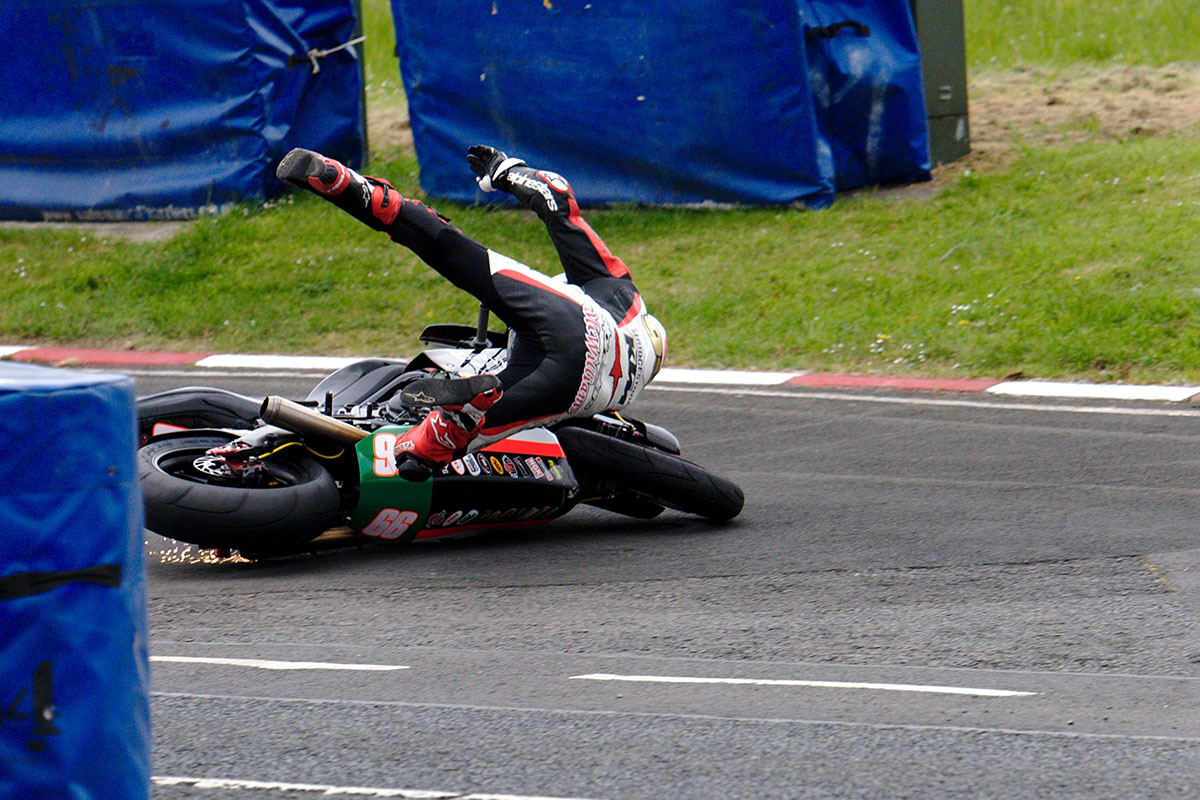
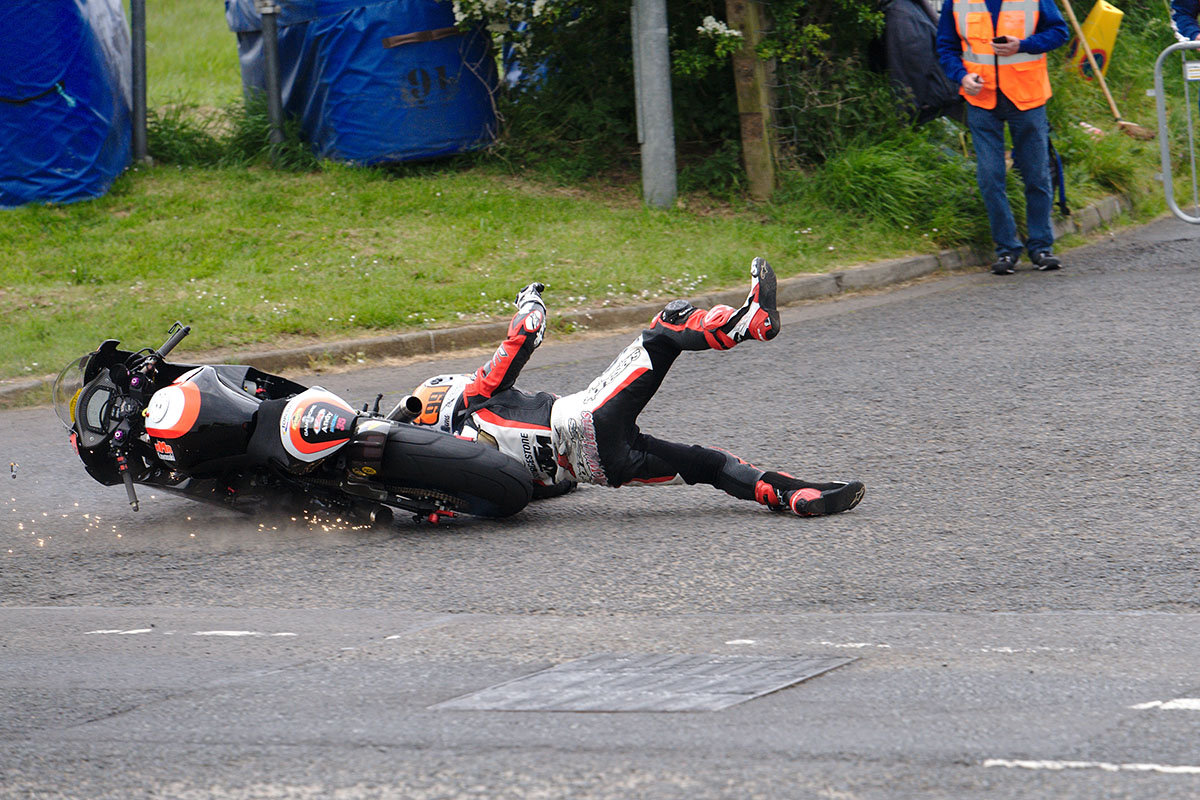
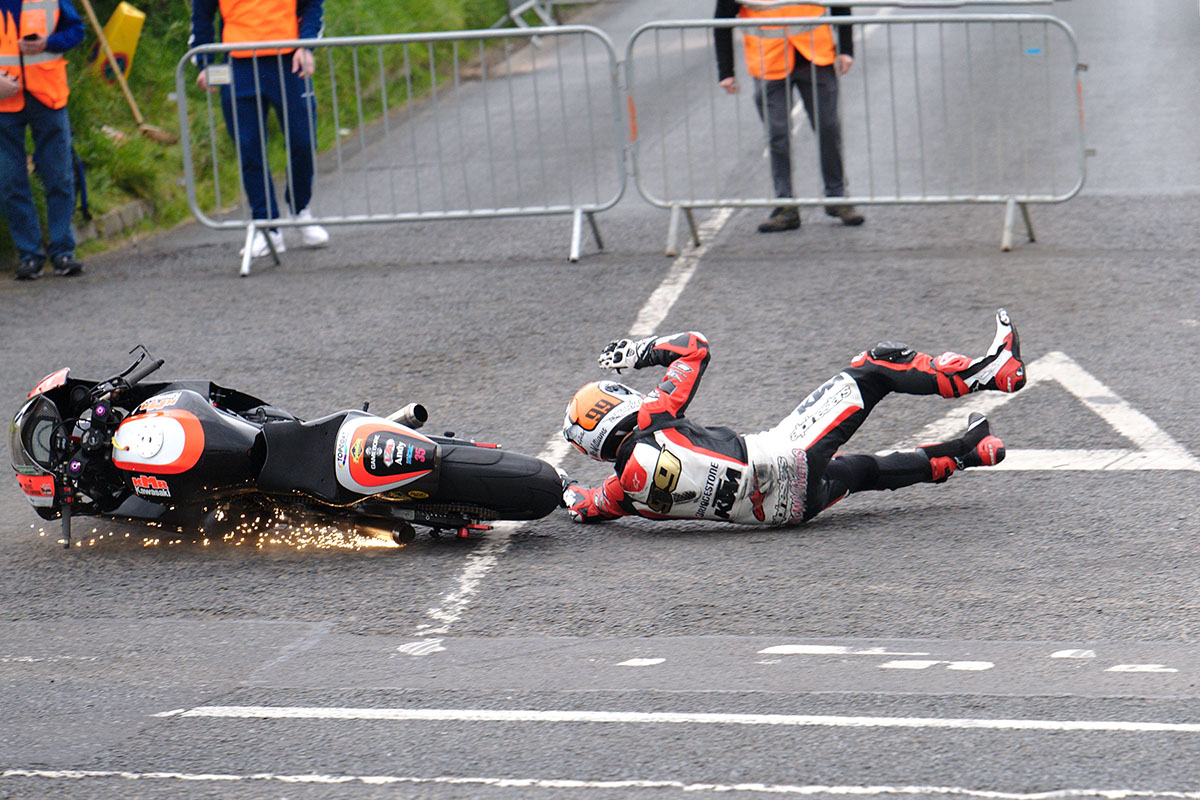


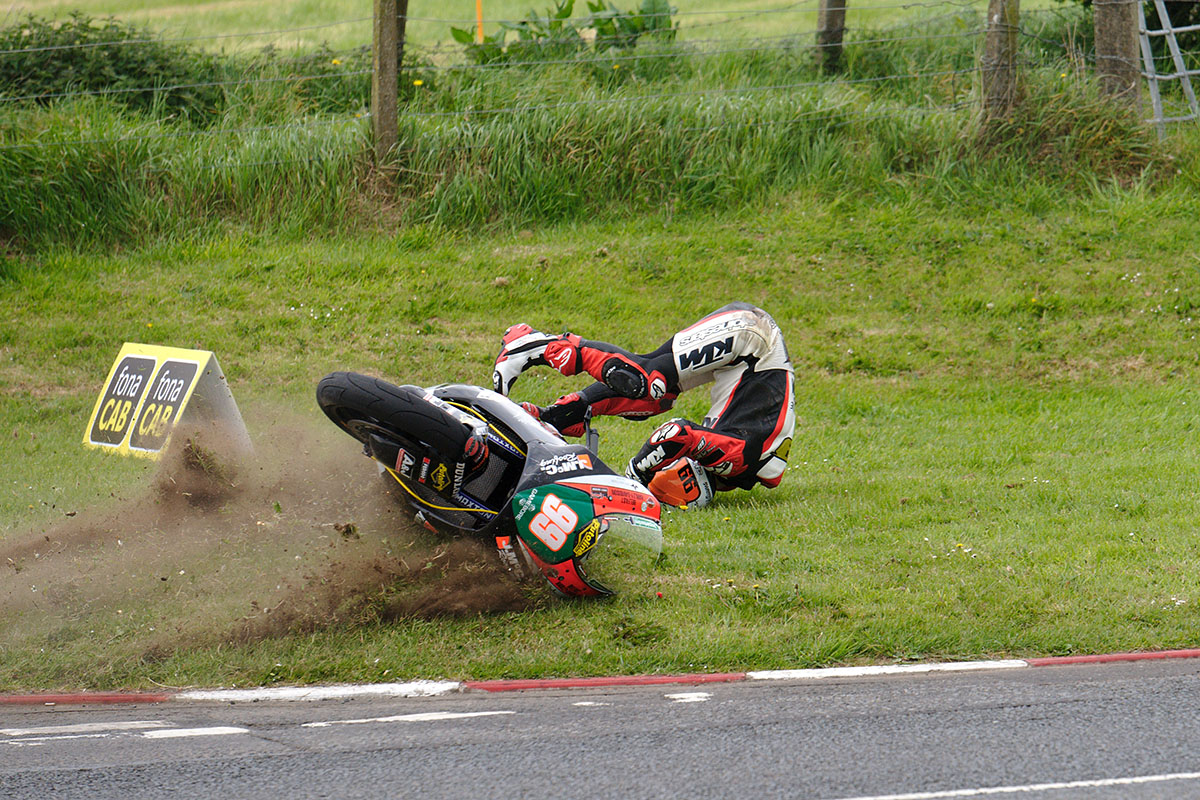
I normally shoot this type of action in Shutter priority mode with fixed ISO.
I set the shutter speed to what I want the camera to use and the ISO fixed (usually fairly high but not too high as the images can get noisy – in other words they look grainy)
The camera then automatically sets the aperture to give correct exposure.
Shutter Speed
Why is shutter speed important?
The faster the speed the more of the movement/action the camera freezes.
If you want tack sharp images then you want the fastest speed you can. To convey a feeling of speed or movement a fast shutter speed is not desirable you still want some motion blur to convey the feeling of speed this is especially so for side one shots as in this example there is no feeling of speed or movement the image is frozen.
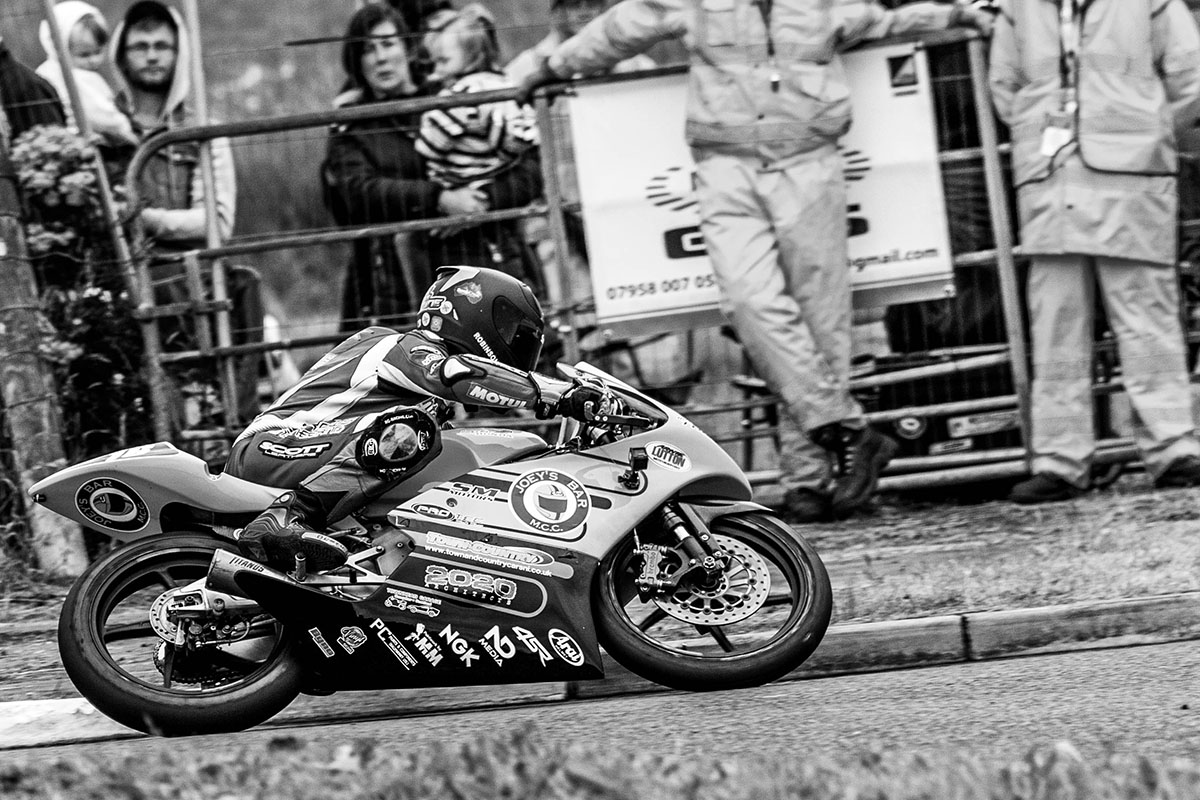
Whereas this image is a feeling of movement with the wheels and to some extent the background blurred.
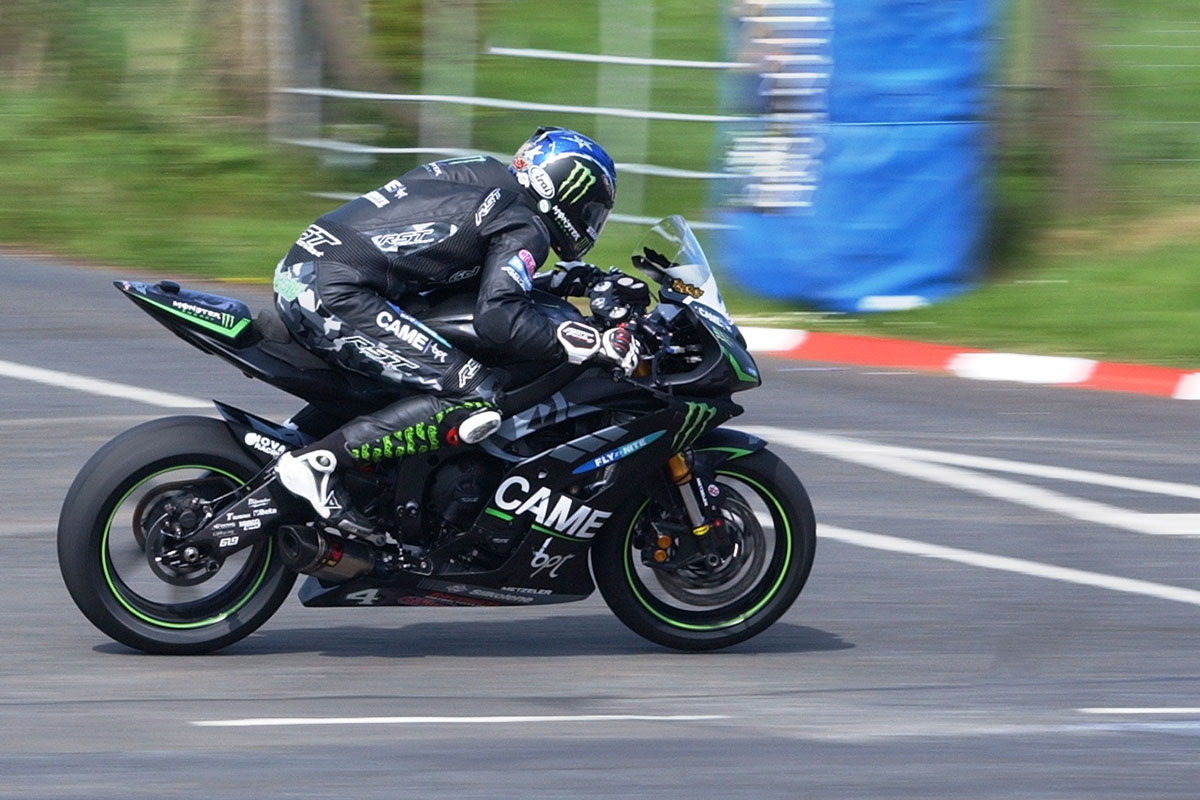
If the subject is head on coming towards you then a higher shutter speed can be used as a feeling of speed and movement is not required.
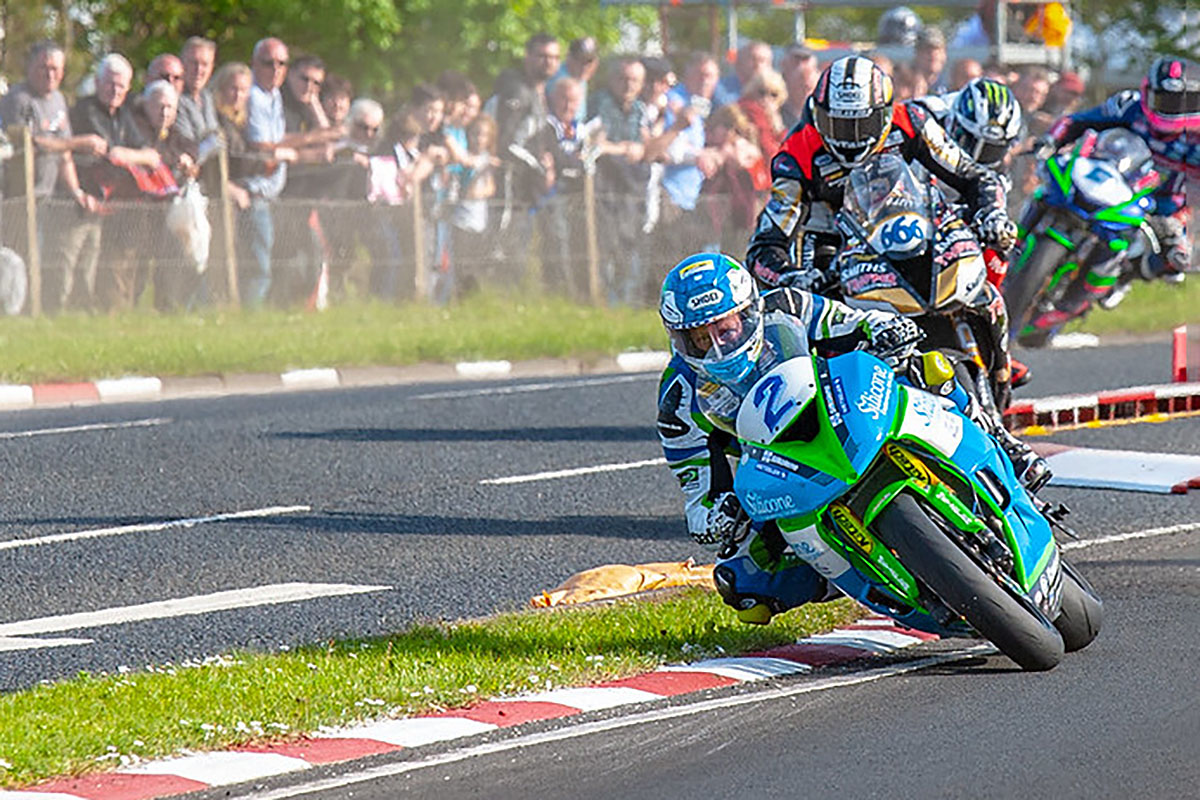
The other most used technique is panning and although I left it towards the end is possibly the most important technique to master with the majority of the previous images have used panning to some degree. This image of William Dunlop at the Ulster Grand prix being a good example of panning to get the feeling of speed and movement, he was traveling though my field of view at around 110-120mph.

In this image panning was to catch the action and is part of a burst sequence
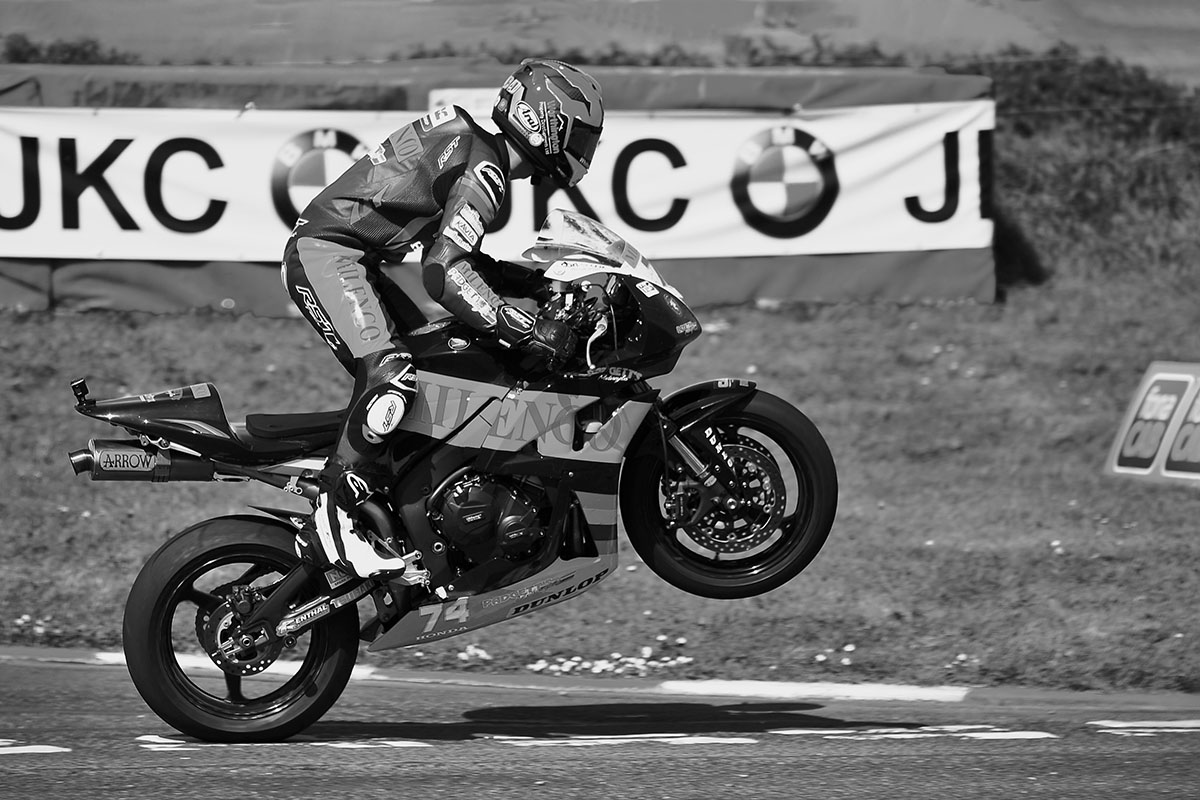
Advertisment – Remove Ads?
This final image is a combination of the 3 main techniques I tend to use spot focus, panning and slow shutter speed
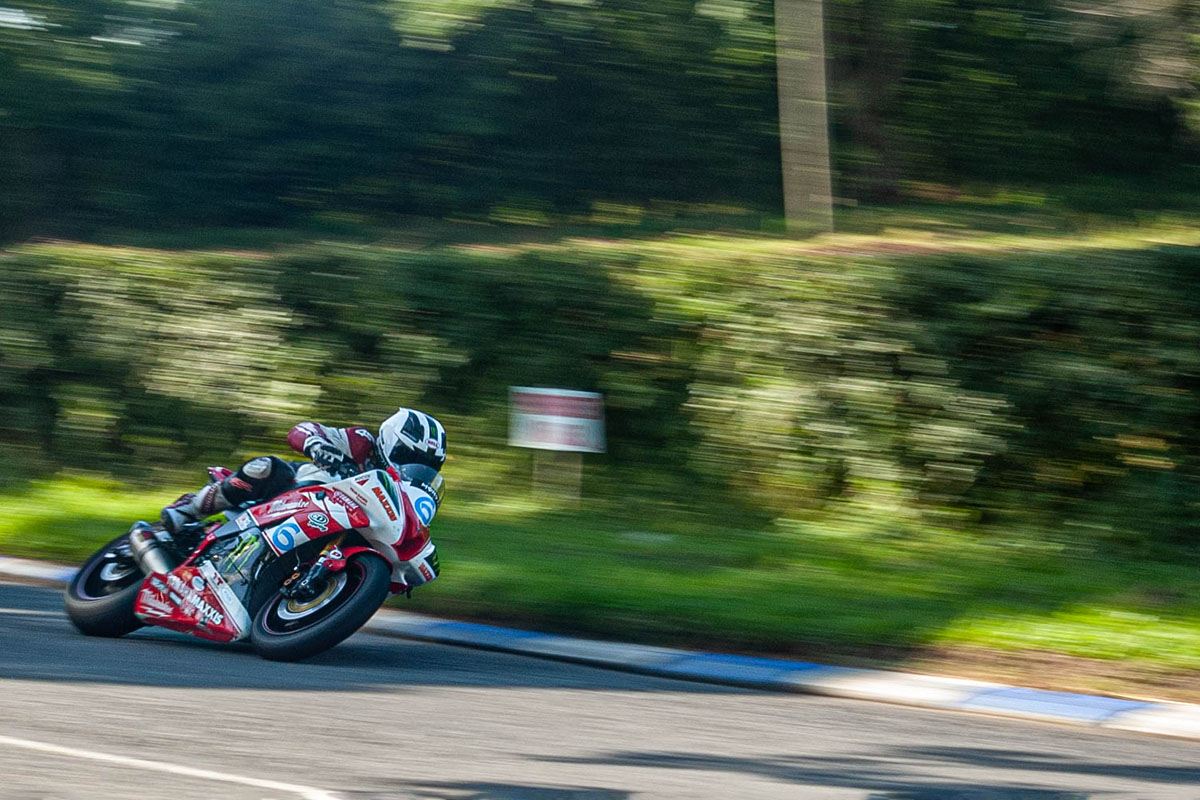
Equipment
So what camera and lens do I need to take shots like these?
Having expensive equipment certainly helps but a lot of the images you have seen in this article were taken on equipment that was obtained secondhand and by no means expensive!
In fact I have only ever brought one lens new so you do not need the latest and greatest equipment to achieve great results.
Advertisment – Remove Ads?
As with all photography, it is about technique and learning how to use what you have to its maximum.
I find the most important thing, and this goes for any subject, be it cars, bikes, wildlife, people or whatever, if you understand the subject good images will follow.
Although I have what some would call high end gear I have purposely used images taken on ‘older‘ and low end equipment just to show what can be achieved.
Back up!!
To conclude, I want to mention the subject of back ups.
Unfortunately, I have NO negatives and only a dozen or so prints from those early days of my photography due to a house fire and the subsequent water damage.
Losing these images annoys me to this day. Don’t make the same mistake!
With digital images, it is important that you backup your photos, then back them up again, and then store a copy of your images somewhere in the cloud.
